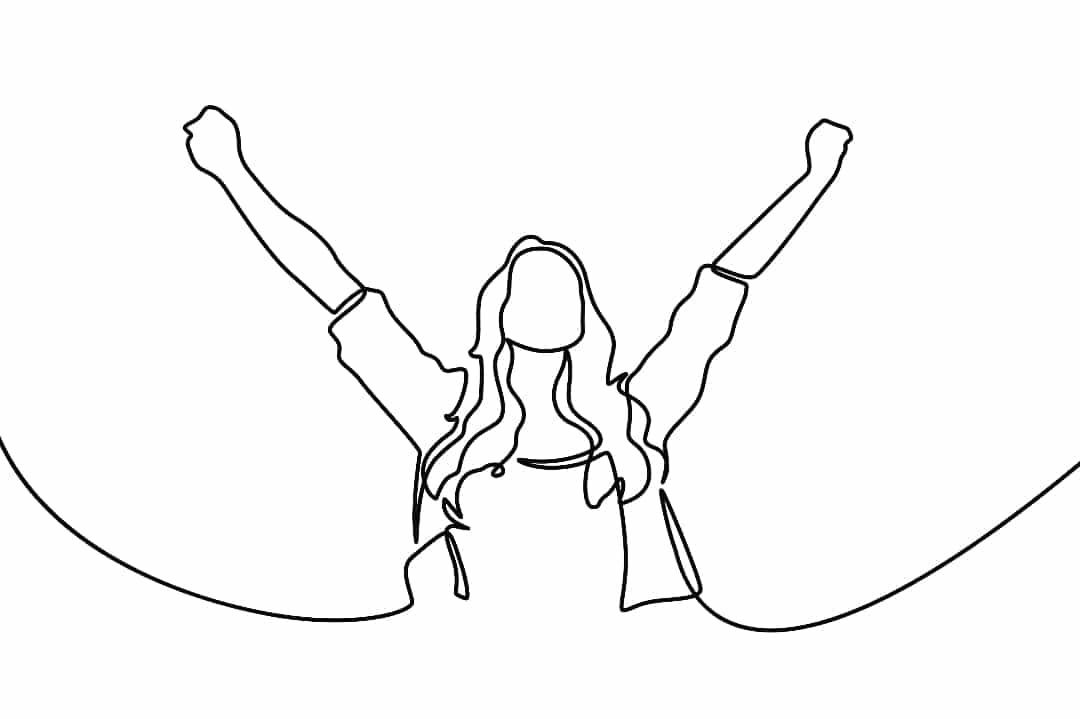Have you ever interacted with someone who on the outside appears happy, collected and participating in life, only to find out they have attempted suicide? What the person did not show what was on the inside, where they are in tremendous pain and suicide had become an option. People with this idea are usually waiting for the right time to execute their plan, because they feel helplessly trapped and overwhelmed by suicidal thoughts.
According to the Center for Disease Control (CDC) 2013 report, 41,149 people in America committed suicide. This number continues to grow. The leading group to successfully kill themselves in 2013 was 15-24-year-olds. The devastation of suicide impacts all those who knew the individual no matter what the age of their lost loved one might have been. Unless this dangerous pattern is externally intervened upon by family, friends or in residential treatment, over time these recurring behaviors and thoughts will strengthen securing one into the suicide trap.
What Sets the Suicide Trap?
People who decide to take their own life is an option do not believe there is any way out of how they are feeling. This may be linked to their actual situation or they may have an inability to get past certain life events that have left them feeling hopelessly trapped. Traumas, deaths of loved ones, sexual abuse, physical abuse, drug and alcohol abuse are just a few of the events leading to negative thought patterns, giving way to the option of suicide. Sometimes people blame themselves for situations that have occurred and may have been out of their control. For example, a physically abused young adult may think, “I am a bad person and no one will ever accept me. I am already alone, so if I die it won’t matter.” Although this is just an example, many people who come through residential treatment make similar statements.
Others struggle with chemical imbalances and the impulsivity of wanting to die in a moment of despair, which can lead to successful suicide. Many people with Borderline Personality Disorder, Bipolar Disorder and depression may have taken their own life based upon a fleeting feeling. A permanent fix for a temporary feeling, no matter how toxic that emotion might be, reveals a problem in one’s thinking. It can blind the person who is contemplating suicide, making it extremely difficult to see that change can be around the corner. For example, a person with Borderline Personality Disorder may make a statement like, “This pain I have is too much and no one understands what I am feeling. If I was dead, then they would understand.” For this individual, the trap has been set and this type of negative thinking may lead to a self-harm gesture which sometimes ends in suicide.
How to Help the Suicidal Person
There is a way out of the suicide trap. First, it is important to not minimize how someone feels or question them in a challenging way. Instead, approach them from a concerned and patient mind-set. This will allow you to maintain open communication instead of them shutting you out. Second, understand you have no control over changing a person’s suicidal thoughts no matter how much you care about the individual. It is important to know your options for introducing professional help to the situation. The National Suicide Prevention Lifeline is 1-800-273-8255 and is available 24/7 to help your loved one to have a connection anytime. Lastly, it is important as family and friends to continue educating yourself about suicide prevention and residential treatment options as your first line of defense.
If you or someone you know are struggling with a mental health disorder, consider enrolling at Lifeskills South Florida. Lifeskills is an accredited dual diagnosis treatment center in the Fort Lauderdale, Florida area. To reach our admissions office, please call 954-953-1742 or complete our contact form.




